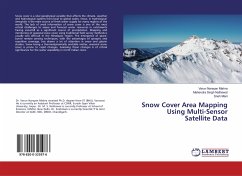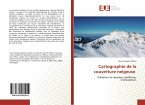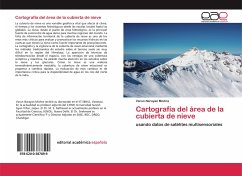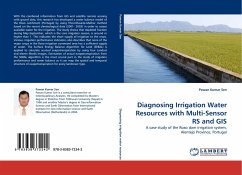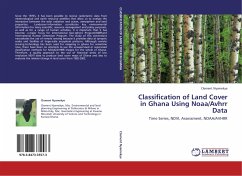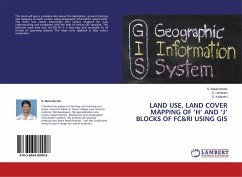Snow cover is a vital geophysical variable that affects the climate, weather and hydrological systems from local to global scales. Snow, in hydrological viewpoint is the main source of fresh water supply for many regions of the world. The lack of areal information of snow cover is one of the most critical challenges to assess and forecast water resources in catchments having snowfall as a significant source of precipitation. Mapping and monitoring of seasonal snow cover using traditional field survey methods is usually very difficult in the Himalayan region. The emergence of space-borne remote sensing techniques, with the advantages of synoptic and repetitive coverage, has drawn a lot of attention in snow and glacier studies. Snow being a thermodynamically unstable matter, seasonal snow cover is prone to rapid changes. Assessing these changes is of critical significance for the water availability in north Indian rivers.
Bitte wählen Sie Ihr Anliegen aus.
Rechnungen
Retourenschein anfordern
Bestellstatus
Storno

